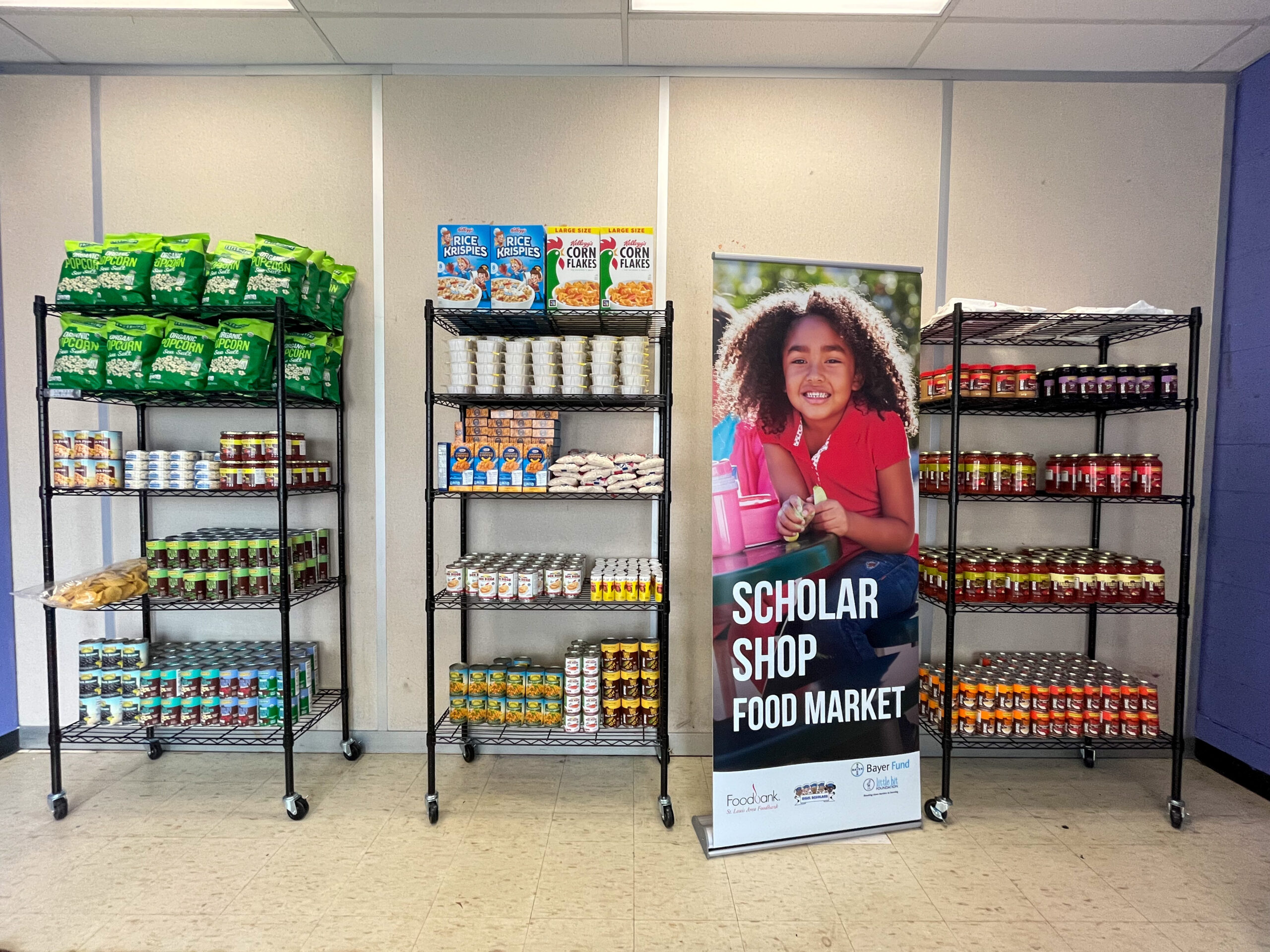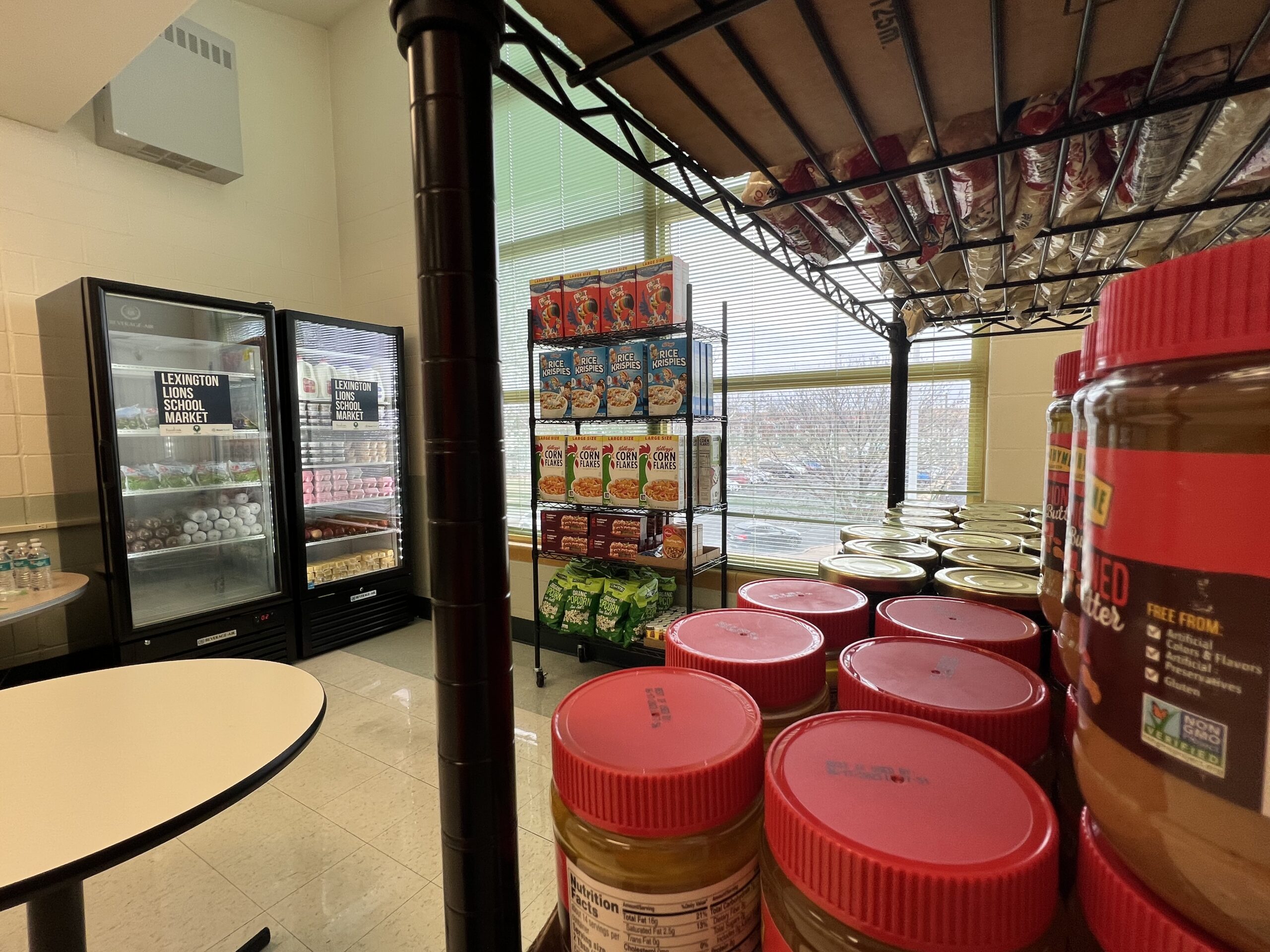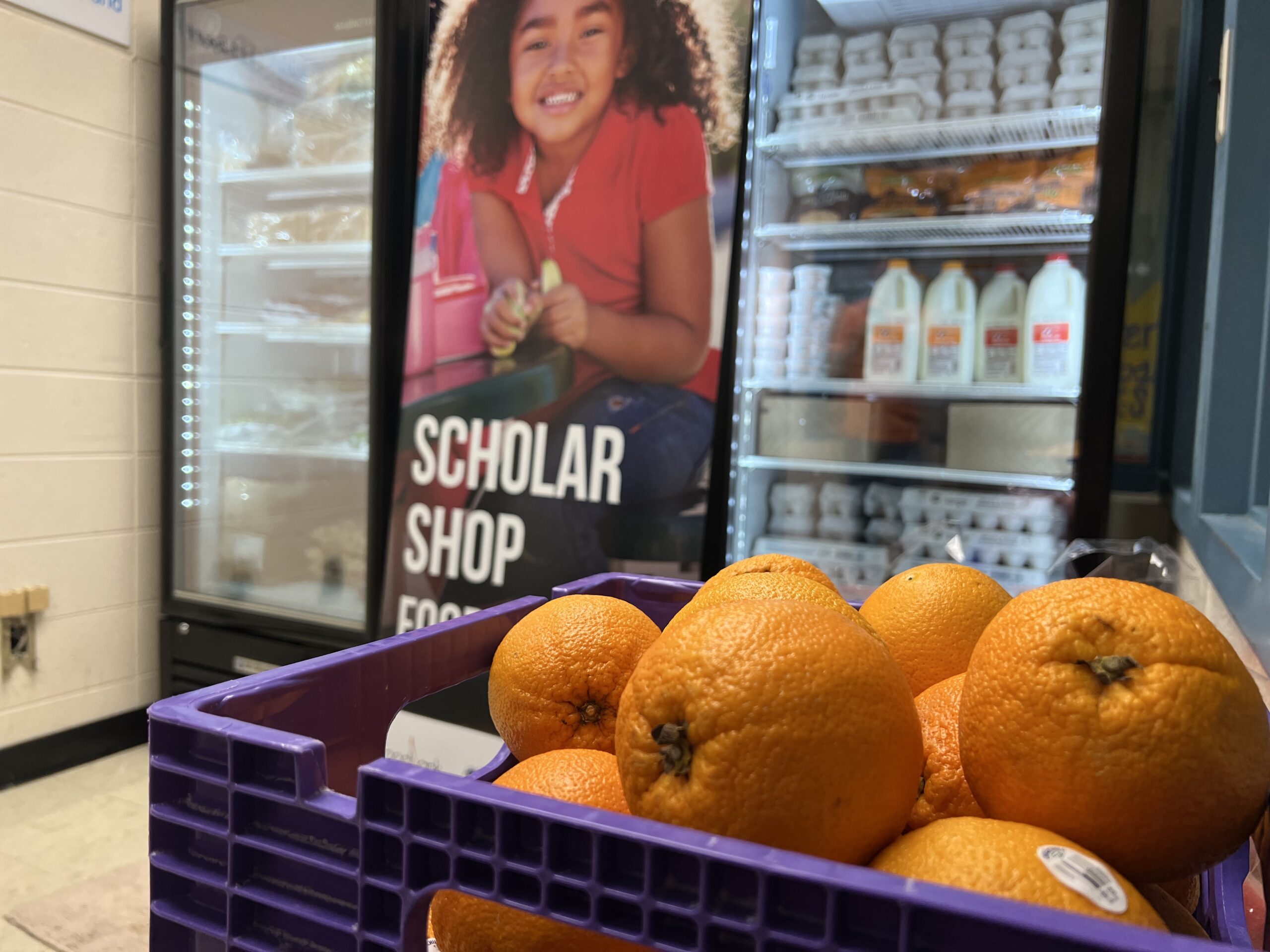!
Meredith Knopp
Everywhere you look, there are signs for going back to school: school supplies, clothes, and, my favorite, the “must-haves” plastered across physical and online stores. As I glance at the signs, posters, and pop-up banners, I cannot help but notice something glaringly absent from all the marketing campaigns: food.
Interestingly, a protractor and a specific brand of watercolor paints are “necessary” for parents to purchase—alongside the sneakers, jeans, and designer accessories to ensure our kiddos “fit in” with everyone. Yet nobody is talking about the 1 in 6 children right here in our region who are food insecure. Kiddos will struggle to reach their full potential because it is hard to concentrate when your stomach is growling and your head is pounding because you haven’t eaten in almost 24 hours.
For mainstream businesses focused on bottom lines and tax-free weekends, this isn’t something they will talk about. However, at the St. Louis Area Foodbank, we focus on ensuring all our kiddos across the bi-state region have the foods they need to thrive throughout the school year. One of the many ways we do this is through our school markets program. Thanks to amazing corporate sponsors like Emerson, Boeing, and Bayer, we can operate beautiful, fully stocked markets inside schools across the region. These school markets provide students and their families with access to the healthy and nutritious foods they need to live their best possible lives.

With more on the way, these 35 school markets across the region are bright and vibrant – with refrigerators, freezers, and shelves filled with produce, dairy, protein, and shelf-stable food items. They allow students and families to choose what foods they want; other resources are available to assist them if needed. They de-stigmatize the need to ask for help and, according to school leaders, are “game changers” when it comes to attendance and performance in the classroom.

This year, in addition to our school markets, the St. Louis Area Foodbank is also rolling out a new program, school pantries. This is an excellent option for schools with less space to devote to a market. School pantries are quicker and more accessible for the St. Louis Area Foodbank to set up, and they provide a wide variety of shelf-stable products for students and families to select from every week. School pantries already exist at four (4) higher education locations across the region, with more on the way on both sides of the river. Our goal is simple: ensure students at all levels of education have enough healthy and nutritious meals to perform at the top of their class this year.
We are proud to partner with schools across the bi-state region to support their students through our school market and school pantry programs. To learn more about these and other programs, please visit https://stlfoodbank.org. To help support this critical work individually or as a business, please visit https://stlfoodbank.org/give-help/ or contact Jane Smith at jsmith@stlfoodbank.org or by phone at 314.528-8638.
Together, we can ensure that all our students have ALL the “must-haves” this school year. Thank you in advance for your support!

